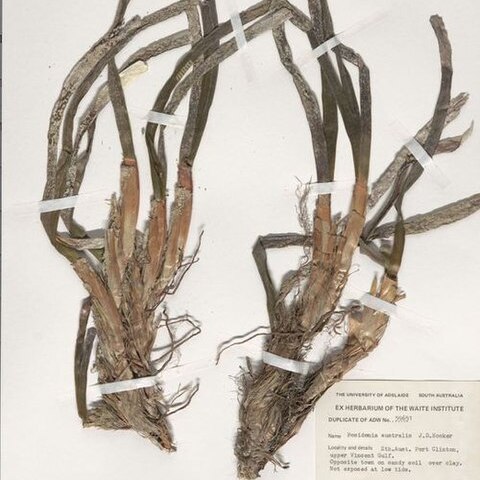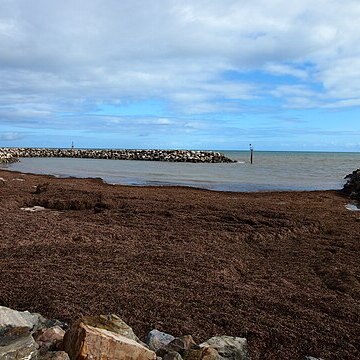Leaves linear, often slightly falcate, flat, 60-90 × 0.6-1.5 cm, 11-21-veined, margin entire, apex rounded or truncate; sheaths ca. 12 × 1 cm, margins inflexed, auriculate above. Inflorescences with 2-7 spikes together terminal on a leafless stem; leaflike bracts similar to leaves but small, with ± reduced blade; spikes 3-7.5 cm, 3-6-flowered. Anthers reddish, with a thick, ovate-lanceolate connective; pollen grains filiform. Carpels 4-5 mm; stigma sessile, irregularly lobed. Fruit green or yellowish green, obliquely obovoid, 1.5-3 cm. 2n = 20.



